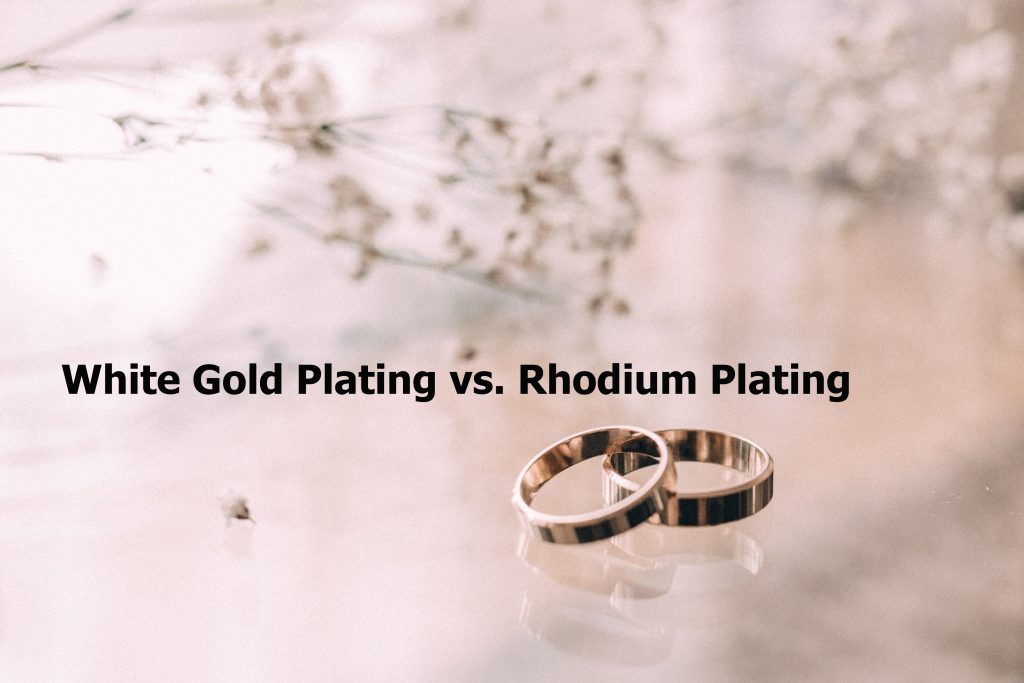Rhodium holds the distinction of being the world’s most expensive precious metal. Often, rhodium is fabulous as plating for 925 sterling silver jewelry. It provides a shiny and white mirror-like finish to silver jewelry and protects the silver piece from scratching and tarnishing. However, rhodium is a very brittle metal and is not easily shaped or formed. It cannot be made into jewelry on its own and its price is terribly volatile.
Most rhodium plating has a thickness of .75 to 1.0 microns. Although this is extremely thin, it is considered thick enough for rings and other jewelry pieces that are exposed to rough wear. If the rhodium plating is too thick, it can crack due to rhodium’s brittleness. If it is too thin, it can cause the jewelry to become discolored.
There is confusion between rhodium plated and 18k white gold plated on sterling silver. Some sellers claiming their sterling silver is plated with 18k White Gold. It is just a creative marketing and misinformation that make consumers feel more expensive about their products. So, if you see 925 sterling silver jewelry, it is likely plated with rhodium but NOT white gold ever. Sterling Silver jewelry is a great alternative to White Gold as far as appearance.

